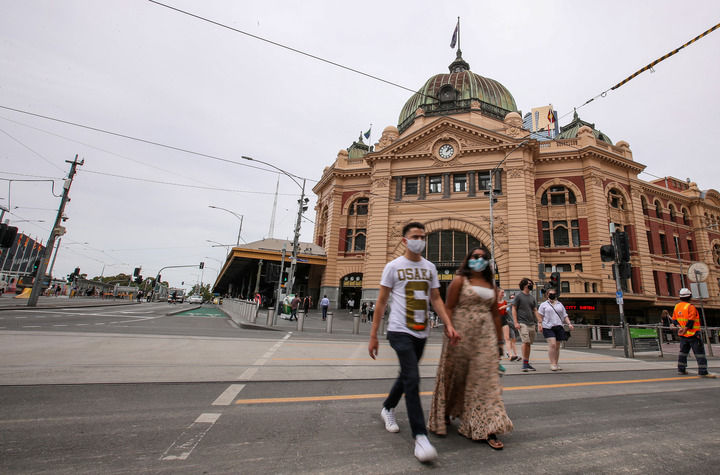The Associated Press recently released a report that ethnic minorities such as Africans and Latinos in the United States are vaccinated against the novel coronavirus than their proportion of the total population of the United States.
In Maryland, for example, African descent accounts for 30% of the state’s population and 40% of the state’s population, and 40% of the health care workers, but only 16% of the vaccinated population are African-American. In Philadelphia, Chicago, and other places, there are also disquieting immunizations among racial groups, which is disturbing.
“An unusual aspect of this coronavirus pandemic is racial inequality,” said American infectious disease expert Anthony Fauci. The coronavirus pandemic has once again highlighted the cruel reality of American society, that is, structural racism deeply rooted in the genes of American society, which has adversely affected the material life, job opportunities, etc. of American minorities. The New York Times also said that the inequality was “unbearable”.
No industry is more real than the problems exposed by the medical industry. The problem is compounded by the coronavirus pandemic, which has caused long-standing structural racism that has prevented minorities in the United States from accessing quality health care. The already fragile right to health of minorities is more severely challenged, resulting in a large number of tragedies.
A recent study by the Proceedings of the American Academy of Sciences found that in the face of the COVID-19 epidemic, the estimated number of African-American and Hispanic Americans has decreased three to four times that of whites.
On the other hand, life expectancy at birth of African and Hispanic Americans has declined by about two years and three years, respectively, which is much higher than the 0.68 years decrease for white people. This means that the gap in life expectancy between black and white Americans will widen from 3.6 years to more than five years, increasing by nearly 40%.
There are a lot of facts that the long-standing structural racism in the United States has led to inequalities in many aspects, including economy, health care, penal, justice, employment, housing, political participation and education. According to Pew Research Center, in 2020, there were 75 percent of white households with property in the United States, 61 percent for Asian families, and 46 percent of African-American households.
In terms of education, 95% of the population aged 25 and above with a high school diploma or higher in the United States is white, 92% Asian and 90% African. For Americans from different identities, unequal distribution of opportunities is one of the sources of anxiety and anxiety in a society that is increasingly dependent on education. This shadow has even become a “mental plague”.
“Only rotten trees will produce bad apples”, and the problem of racism in the United States has been deeply rooted all the way to the present day. In American history, black people were enslaved and forced to work in cruel conditions. According to the American Center for Progress, the value of labor extracted by American slave owners from slaves is more than $14 trillion in current dollars. It was not until the 1960s and 1970s that the United States began to promote the formal civil rights movement.
But for the past 40 years, the unemployment rate of African-American workers has been about twice that of whites, and the median income of African-American families is also 25% to 45% lower than that of white families. To this day, there is still systematic discrimination against black people in the United States, and racial contradictions are even becoming more and more acute. On the road of chasing the “American Dream”, minorities and white people have never stood on the same starting line.
U.S. President Biden made “promoting racial equality” one of the four priorities of his term, and on the day he took office, he talked about the country’s “a cry of racial justice that has been brewing for nearly 400 years”.
Recently, Biden also signed a memorandum condemning the racial discrimination of Central Asian Americans in the coronavirus epidemic, which undoubtedly highlights the seriousness of the racial problem in the context of the epidemic. From history to today, the “American creed” of “all human beings are equal” and the ugly reality of racism are at stalemate, and America’s “unity” and “healing” still have a long way to go.



